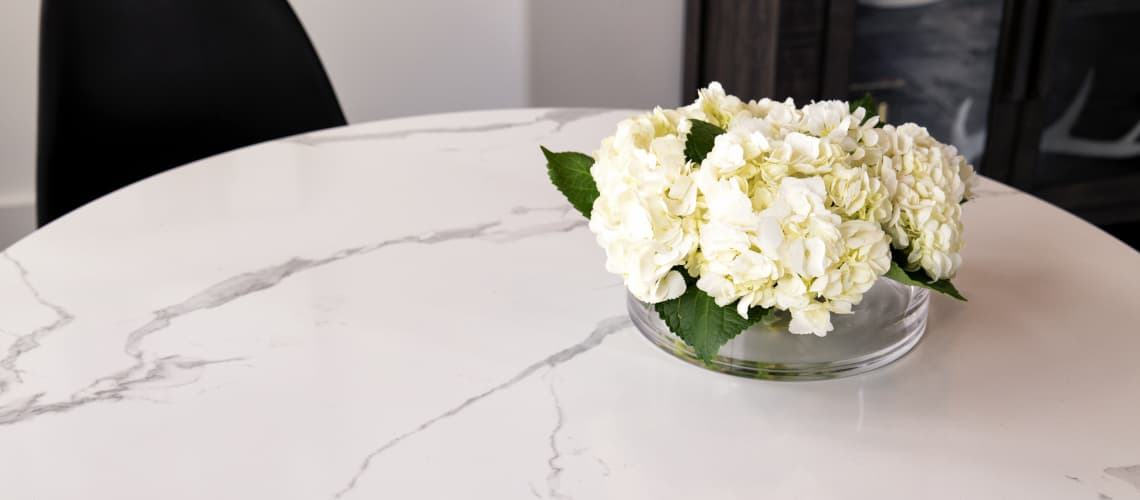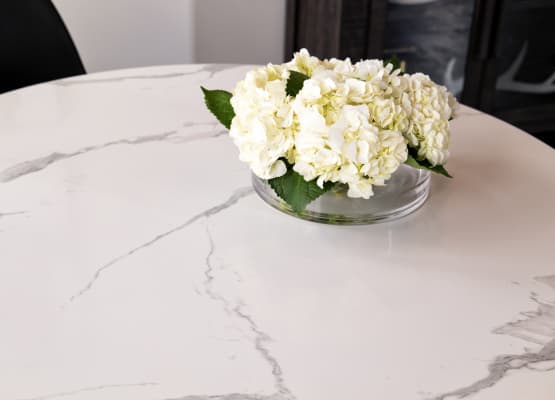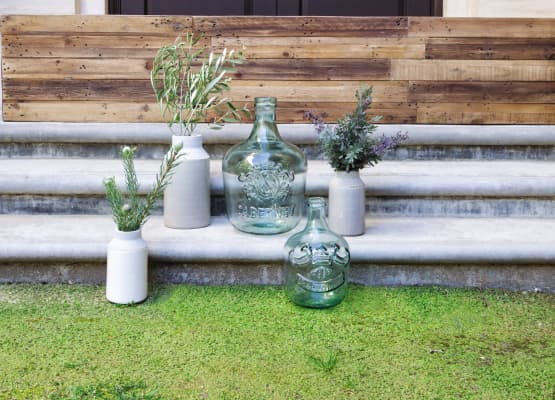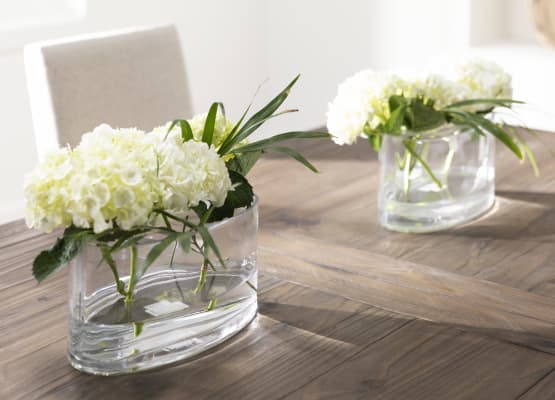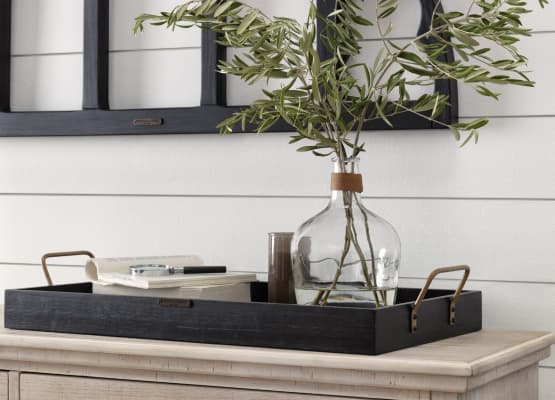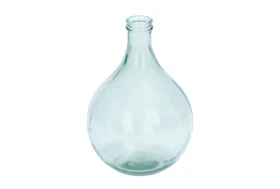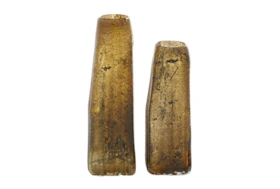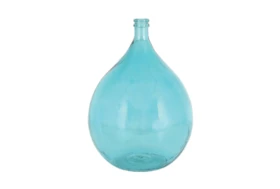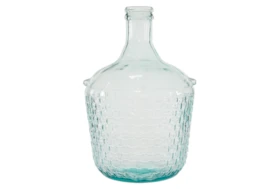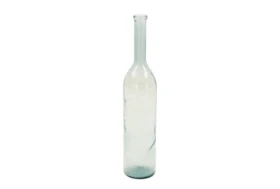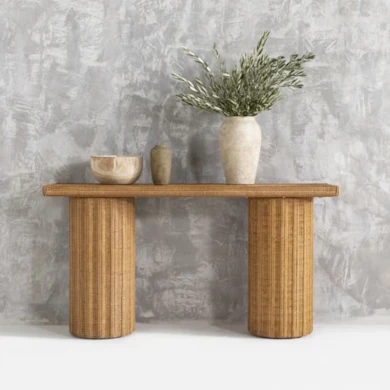How to Clean a Cloudy Glass Vase
How to Clean a Cloudy Glass Vase: 4 Simple Tips
Nothing beats a sparkling clear vase to show off a new bouquet of flowers; keep the vase looking fresh for longer with a little help from salt, vinegar – and denture tablets.
1. Salt + Vinegar
Mix equal parts salt and distilled vinegar, so that it forms a paste. After rinsing the vase with water, use a toothbrush to scrub at residue, rinse and dry with microfiber cloths. While a toothbrush is ideal for this method to reach the bottom of the vase, a sponge also works.
3. Effervescent Solutions
Effervescent tablets are designed to clean orthodontic retainers or dentures; because they release carbon dioxide when mixed with water, they produce a fizz similar to the baking soda method above and can work to clean a cloudy glass vase. Simply fill the vase with warm water and let the effervescence kick into effect. Remove remaining residue with warm water and/or a toothbrush.
4. Glass Cleaner
A cleaner in a spray bottle bought at a supermarket or home improvement store will make even the clingiest of substances melt right off a glass vase. Just make sure the cleaner you get is compatible with the vase you have – some glass vases are made with glass treatments that don’t respond well to certain chemicals.
Why Do Glass Vases Get Cloudy?
Cloudiness in a vase occurs when the vase contains hard water, which is water with calcium and other minerals. When the water isn’t changed out, it leaves calcium deposits on glass, creating the foggy look. For this reason, it’s important to not leave water standing for too long – not just for the look of your vase, but for the health of your flowers, as well!
Did you know you can use the above methods for other cloud-susceptible containers, as well? If you find yourself stuck scrubbing the inside of a coffee pot, jar, dish or bowl with a foggy film residue, calcium buildup could be the culprit – and a tablet or two of effervescence or pinch of baking soda + vinegar could be all that’s needed to return it to good-as-new condition.
— More Great Articles —
Cloud-Free Glass Vases (+ More)
Read the Latest
Editorial Disclaimer: Articles featuring tips and advice are intended for educational purposes and only as general recommendations. Always practice personal discretion when using and caring for furniture, decor and related items.
